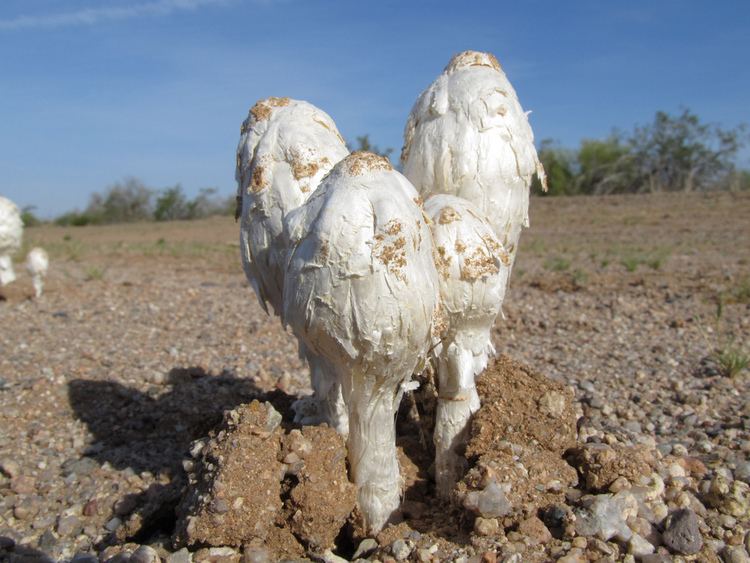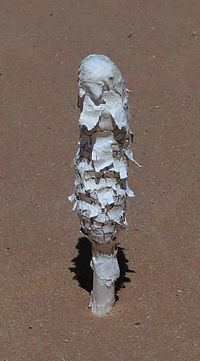Kingdom Fungi Class Agaricomycetes Family Agaricaceae | Division Basidiomycota Order Agaricales Genus Podaxis Rank Species | |
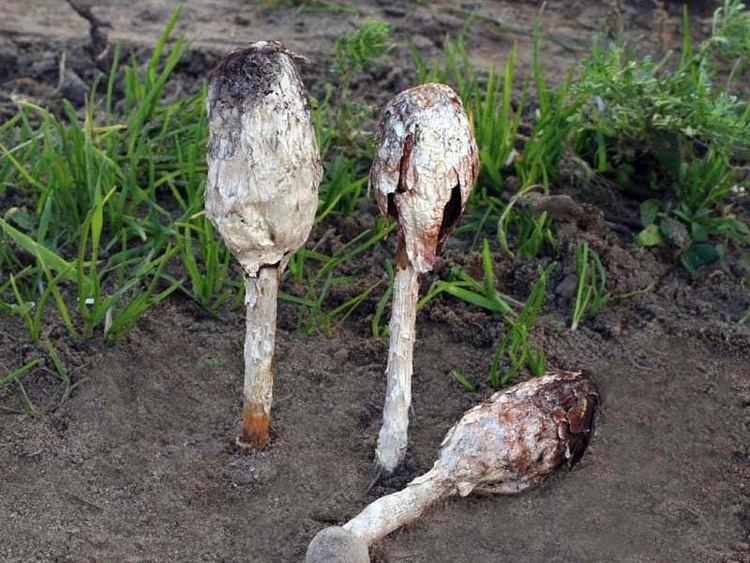 | ||
Similar Podaxis, Montagnea arenaria, Montagnea, Battarrea, Battarrea phalloides | ||
Cogumelo da caatinga podaxis pistillaris flora do sert o do nordeste
Podaxis pistillaris is a very distinctive relative of the puffballs. It grows to 15 cm high and has a hard, woody stem. The large cap, which protects the blackish spore-bearing tissue, splits, and usually falls away at maturity, allowing the spores to be dispersed by wind. Large numbers may appear after soaking rains. It thrives in deserts and semi-deserts of Australia and other countries. In the Hawaiian Islands, it is frequently encountered along roadsides and in disturbed areas on the dry sides of the islands, especially in the Kona area of Hawaii and the Kihei area of Maui.
Contents
- Cogumelo da caatinga podaxis pistillaris flora do sert o do nordeste
- Podaxis pistillaris
- Spores
- Organisation
- Uses
- References
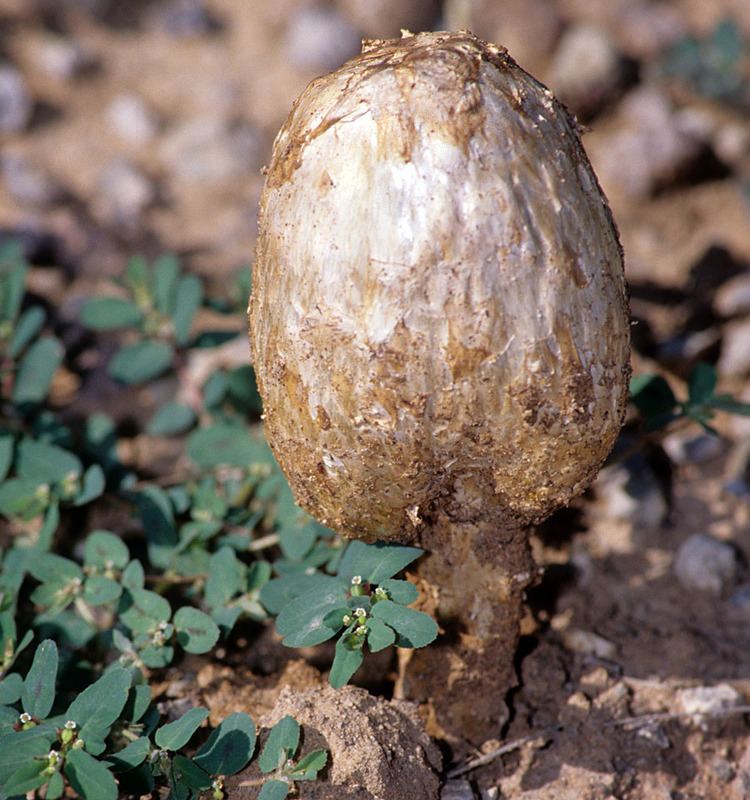
Older synonyms for this species include Lycoperdon pistillare L. (1771) and Scleroderma pistillare (L.) Pers. (1801).
Podaxis pistillaris
Spores
The spores are usually 10–14 (–16) by (8–) 9–12 µm broadly oval to sub-globose, smooth yellow to deep reddish-brown with a double wall, truncate base, and apical pore. Older spore measurements have varied considerably. Species from Australian collections appear to be more subglobose than those seen from the United States, raising the possibility that the latter are not the same species.
Organisation
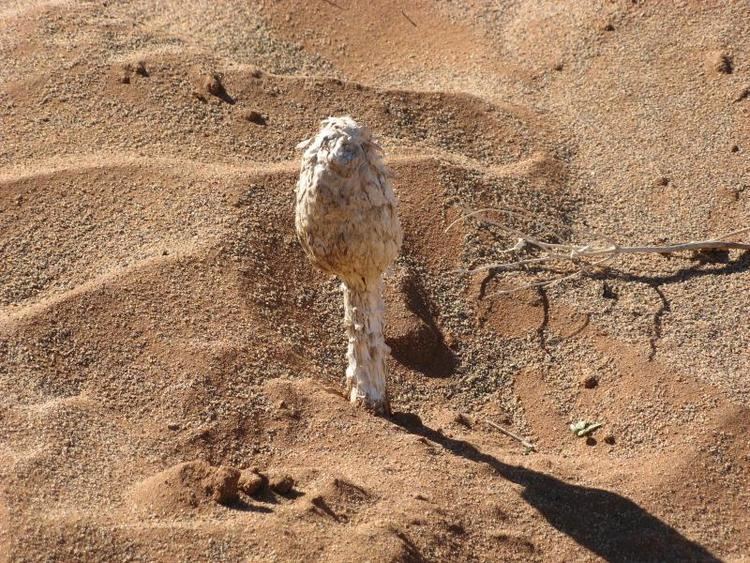
It is an agaric, though it has lost hymenophoral organization and the ability to forcibly discharge its basidiospores and become "secotioid". Although considered by many to be a "stalked puffball", Podaxis pistillaris is more closely allied with the shaggy mane (Coprinus comatus) than with puffballs.
Uses
In Australia, it was used by many desert tribes to darken the white hair in old men's whiskers and for body painting. The fungus was presumably used by many desert Aborigines due to its distribution around drier areas of Australia. There are reports of its also being used as a fly repellent. Apart from the more common, ground-inhabiting Podaxis pistillaris, there is one other Podaxis species in Australia - Podaxis beringamensis, found on termite mounds and presumably both species were used.
